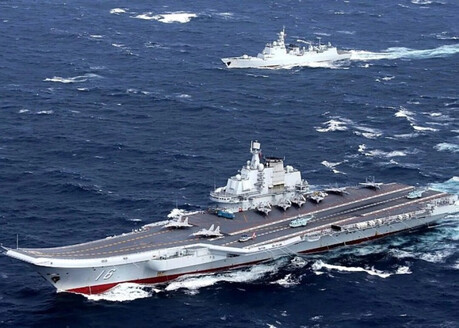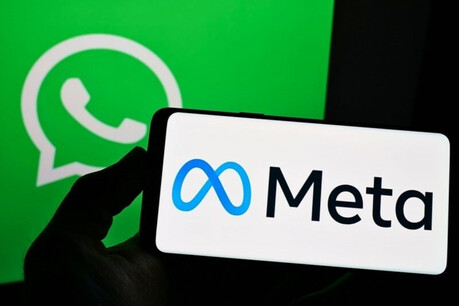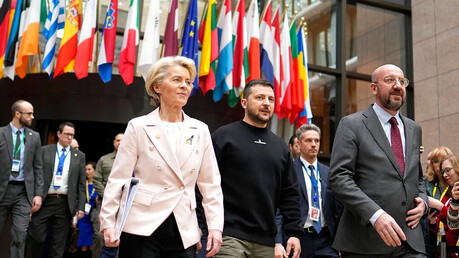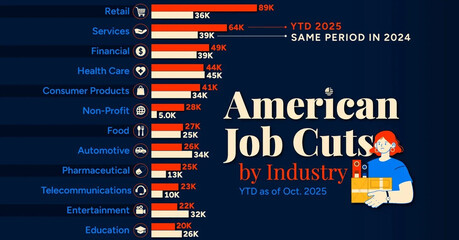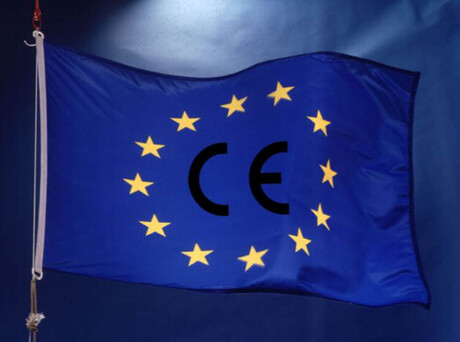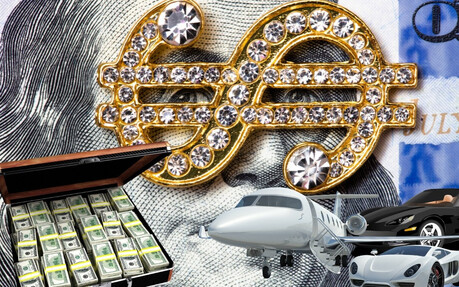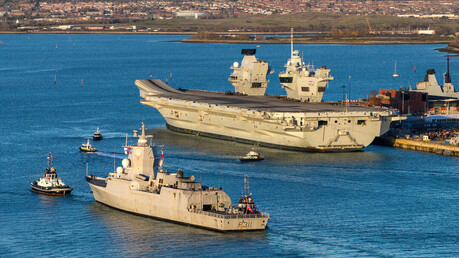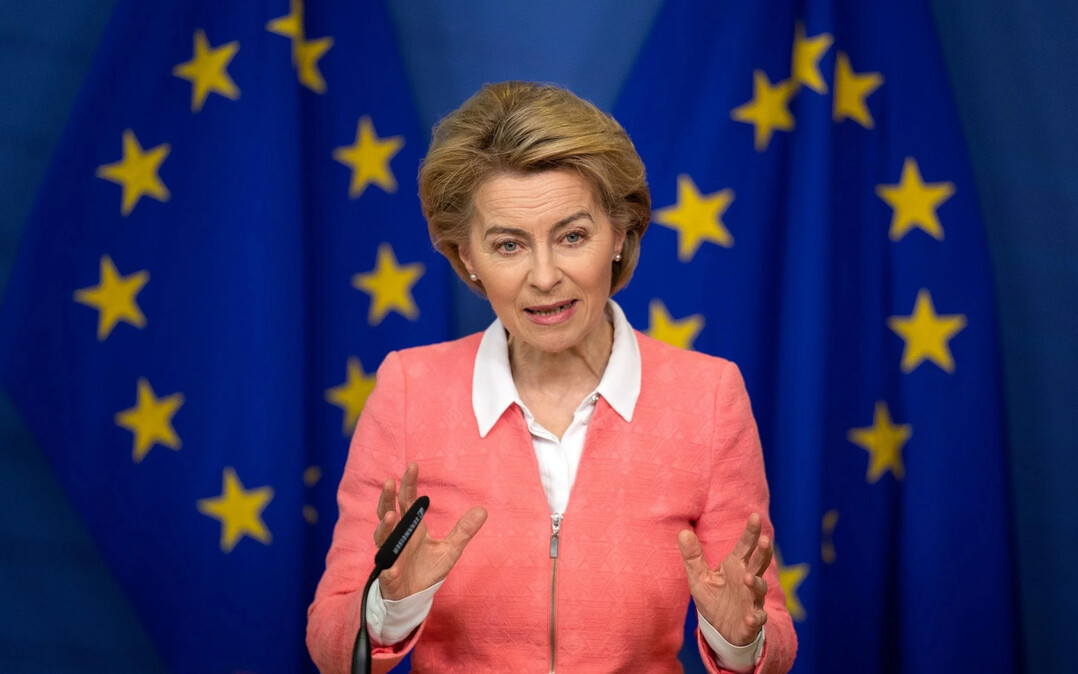
BRUSSELS – The European Union (EU) is finalizing the details of a major financial initiative for Ukraine, tentatively dubbed the "Reparations Loan," which proposes leveraging frozen Russian central bank assets within the bloc. A key condition of the loan, revealed today, is a mandate for Ukraine to use a portion of the funds for European-sourced defense procurement, a move intended to bolster the continent's defense industry.
European Commission President Ursula von der Leyen outlined the updated plan during a joint press conference in Brussels with NATO Secretary General Mark Rutte. "We will ensure that a part of the loan is used for defense procurement within Europe, in cooperation with European nations, thereby strengthening our defense industrial base," von der Leyen stated. This means that a specific percentage of the aid would be earmarked for purchasing weapons and equipment produced in EU countries.
Loan Structure and Conditions
The concept, initially proposed by von der Leyen earlier this month, is designed to provide substantial, long-term financial support to Kyiv as aid from the US has diminished and the EU seeks new funding avenues. The core of the plan involves the Commission borrowing money interest-free against €140 billion (approximately $150 billion or 231 trillion Korean won) in liquidated Russian assets held at Euroclear, a central securities depository primarily based in Belgium. These funds would then be extended to Ukraine as an interest-free loan.
Crucially, von der Leyen stressed that the proposal does not constitute a confiscation of the Russian assets' principal. She emphasized the repayment structure: "Ukraine is only required to repay the loan if Russia pays war reparations. The aggressor must be held accountable." The loans would be disbursed in installments and would be subject to conditions, including the new defense procurement mandate.
The Commission has proposed a mechanism where the repayment of the loan would be guaranteed jointly by the 27 EU member states, allowing the assets to be utilized without crossing the legal threshold of outright seizure—a step the EU has been cautious about. Currently, the EU and the G7 only use the profits generated from the frozen assets for Ukraine aid, not the principal.
Political Hurdles Remain
While the economic heavyweight Germany has publicly backed the proposal, providing an initial green light, significant political obstacles remain. The plan will be a central topic of discussion at the informal EU summit in Copenhagen on October 1st, where von der Leyen will seek endorsement from national leaders.
The most substantial opposition comes from Belgium, the country where the majority of the Russian assets are deposited. Belgium is strongly objecting, citing the enormous financial risk it would shoulder under the proposed joint guarantee mechanism.
To navigate the potential difficulty of achieving unanimous consent, the Commission is actively working on a legal basis to approve the measure through a qualified majority vote (requiring the support of 55% of member states representing at least 65% of the EU population). The outcome of the upcoming summit and the ongoing legal maneuvering will determine whether this innovative, yet controversial, funding mechanism can move forward.
[Copyright (c) Global Economic Times. All Rights Reserved.]
















